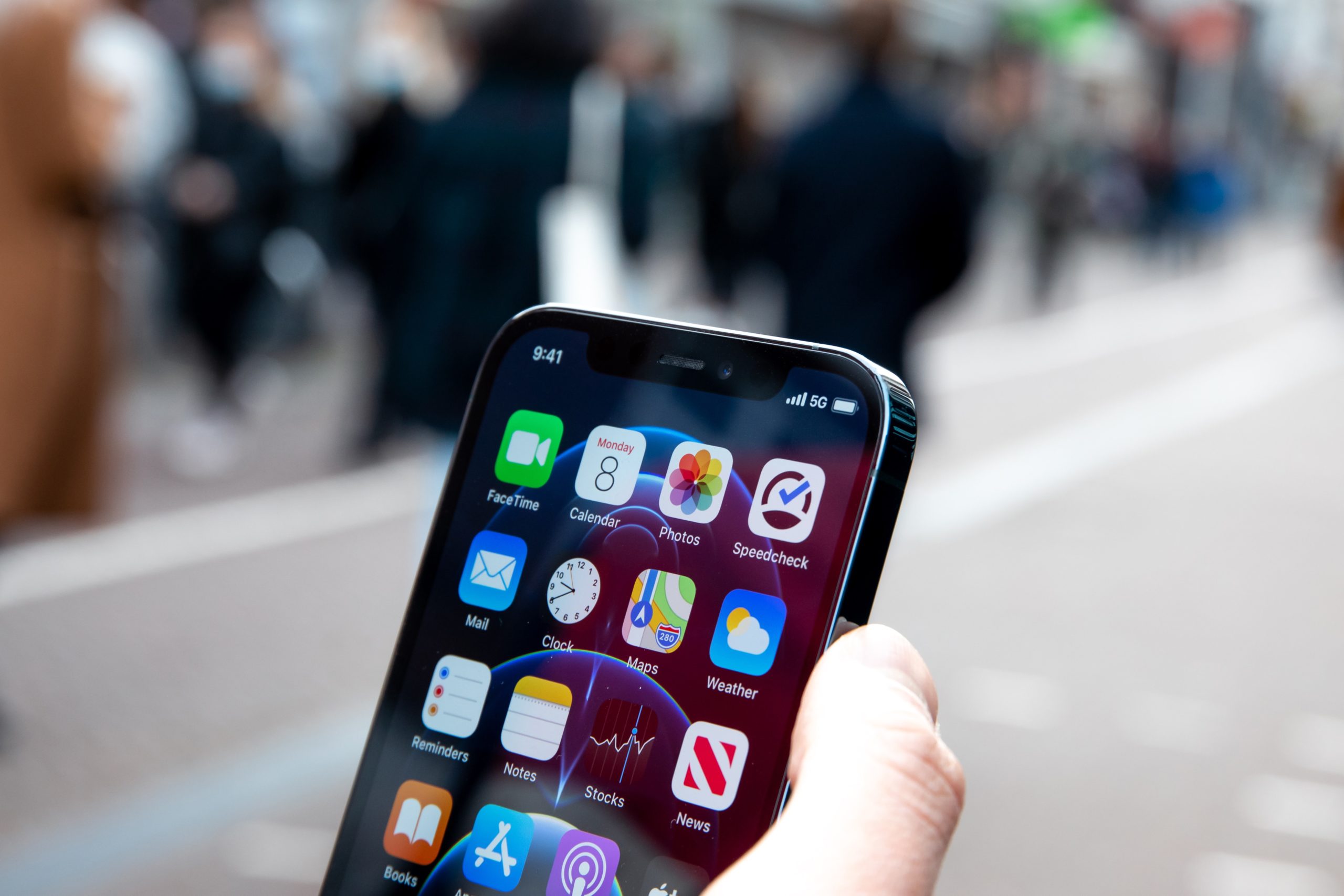
Passport? Check. Itinerary? Check. Packing list? Check. But have you thought about your international cell phone service?
Arranging phone service for overseas travel can be overwhelming for even the savviest of travelers. For this reason, many choose to avoid the task entirely and rely solely on public Wi-Fi internet access to stay in touch with family and friends. But even they must consider the possibility of being stuck somewhere without a public Wi-Fi network when needing to make an emergency call or send an urgent text.
The good news is that a variety of possibilities exist that will help keep you connected while traveling. We’ve compiled a list of these options below. Of course, these do not apply to every individual or location; we recommend researching your specific options based on your destination(s), cell phone type, and service provider.
Important Note: If you are traveling with a smartphone and will not have access to no-cost international data roaming (when your phone disconnects from your carrier’s network and hops onto another network while outside of your cell plan’s boundaries), make sure to activate your phone’s Airplane Mode. By doing so, you will prevent potentially high data roaming charges that many travelers only learn about upon returning home. In this mode, your phone still has access to Wi-Fi networks when available, but cell service, data, and roaming are turned off. Click these links for instructions on how to turn on Airplane Mode on iPhone and Android phones.

Depending on your carrier, you may have the option to use your current cell phone plan abroad. Ask your service provider if you have any international data and cell service coverage in your current plan. For T-Mobile, Sprint, and Google Project Fi, for example, plans typically include coverage for unlimited data in most countries. If your plan includes this feature, you would simply need to enable “data roaming” in your phone’s settings (here are instructions for how to do this for iPhone and Android). For AT&T and Verizon, however, international service is usually not included in cell phone plans and pay-per-use roaming rates are typically exorbitant. If you use one of these two service providers, one of the options below may serve you better. No matter who your carrier is, we always recommend contacting them directly to confirm what options are available to you, as plan information can vary.

If you are traveling to an area where public Wi-Fi is easily accessible, you can use the internet to stay in touch with friends and family back home. If both parties have an Apple device and are connected to Wi-Fi, you can use FaceTime (and its voice-only version, FaceTime Audio) for calls anywhere in the world. Even if both parties don’t have Apple devices, there are a host of other communication options available: Facebook Messenger, WhatsApp, Zoom, and Skype all have video call, voice call, and instant messaging capabilities.
If you choose to rely solely on Wi-Fi while overseas, make sure to turn your phone’s Airplane Mode on to avoid potentially steep roaming fees from your cellular provider and also download as many offline tools as possible. For example, Google Maps allows you to download area maps for offline use, and you should always save important documents, emails, articles, webpages, and anything else you may need to reference frequently to your phone. You can also install apps like Instabridge or WiFi Map to view maps of public Wi-Fi hotspots in areas you will frequent – just make sure to download maps of your travel destinations for offline use before your trip departure.

Another simple option – though usually more expensive – is expanding your existing phone plan to include international service. This will allow you to use your phone as you normally would while traveling abroad, including (depending on the plan you choose) access to cellular data, text messaging, and calls. Talk to your cell phone provider to see what kind of plans they offer; many provide temporary international plans that are often similar to or the same as the plan you use at home. Note that major service providers are always competing to offer better international plans, so if your phone is “unlocked” and can be used with different carriers, it’s worth checking around to see who offers the best deal.

Many carriers now offer day- and week-long “data passes,” which are temporary virtual “passes” that provide (typically unlimited) international calling and texting along with a set amount of cellular data. Check with your service provider (and, if possible, shop around with other carriers) to see if this option is available to you.

This option makes the most sense for travelers who do not want the hassle of dealing with cell carriers and are journeying to destinations with sparse Wi-Fi networks – though it can be a bit more complicated if you are not familiar with changing your phone’s SIM card. First, you would need to “unlock” your phone (if it is not already) so it can be used with other carriers; for more information on unlocking your phone, read this article. Once your phone is unlocked, you can simply swap out its existing SIM card with one purchased from your destination country, or with one from a company such as OneSimCard or Cellular Abroad. Then, when you get back to your home country, simply remove the travel SIM card and replace it with your original SIM card.

After signing up with a service such as the popular Rebtel or United World Telecom, you can make international calls using local phone lines with no contract or alternate SIM card needed (similar to having a phone booth on your smartphone). The service is typically pay-per-minute and uses the cheapest rates available, resulting in easy and affordable access to cell service on-the-go. This option is especially useful for those who plan to primarily use Wi-Fi but would like the option to make calls using cell service without accumulating international roaming charges from their carrier.
Whatever your service needs are, solutions abound – and we hope you find the options listed here helpful in making a decision as you prepare for your journey abroad.
By using this website you are agreeing to our Cookie Policy.